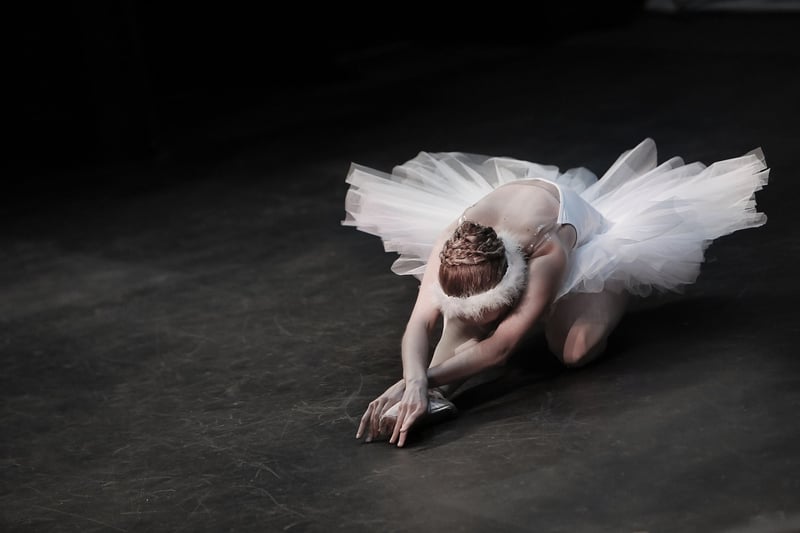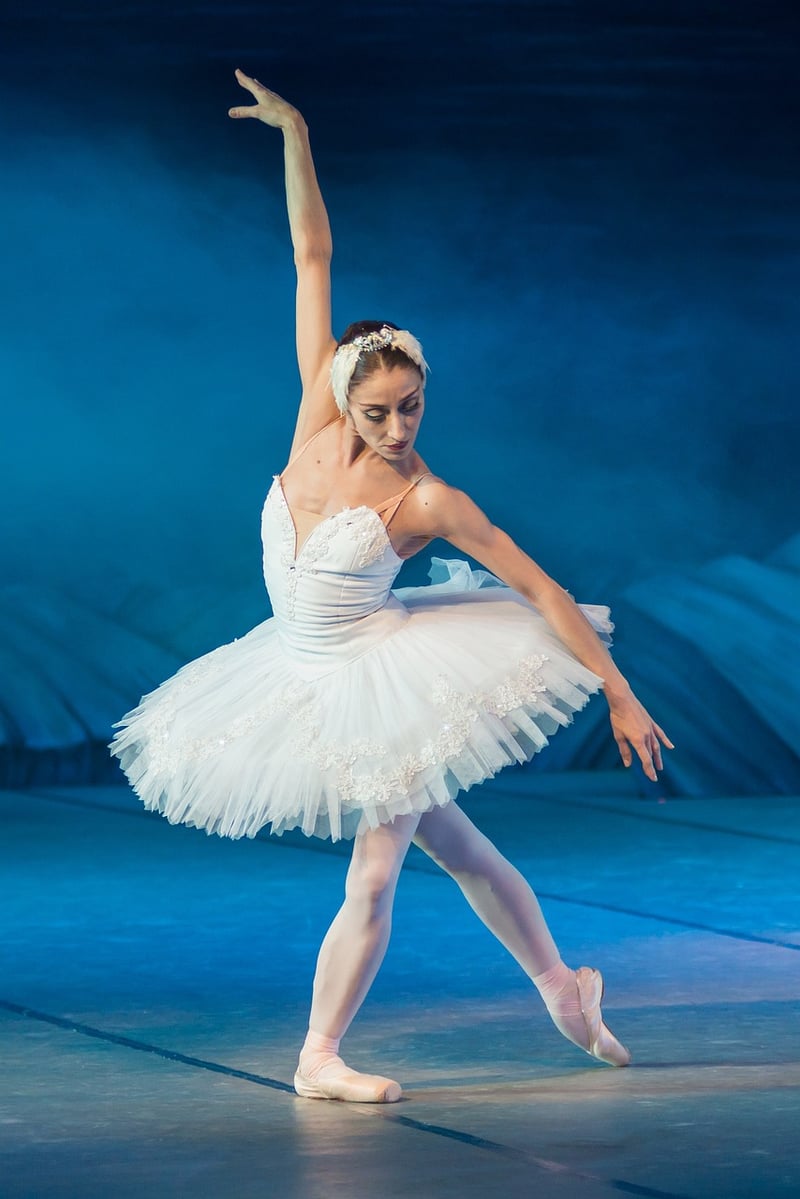Ballet
The Art of Expressive Movement and Rhythm in Ballet
Ballet is a timeless art form that combines expressive movement with rhythm to create breathtaking performances. The graceful and fluid motions of ballet dancers captivate audiences worldwide, conveying emotion and storytelling through dance. In this article, we delve into the intricate world of ballet, exploring how expressive movement and rhythm play a pivotal role in this beautiful art form.
Expressive Movement in Ballet
Expressive movement is at the heart of ballet, allowing dancers to convey a wide range of emotions without uttering a single word. Through the extension of limbs, subtle gestures, and precise footwork, ballet dancers bring characters to life on stage. Every movement is carefully choreographed to express the story, whether it's a tale of love, tragedy, or triumph.
From the delicate tendus and graceful port de bras to the powerful leaps and turns, each movement in ballet is a brushstroke on the canvas of the stage. Dancers use their bodies as instruments to create a visual symphony that resonates with the audience, evoking feelings of joy, sorrow, and awe.
Rhythm in Ballet
Rhythm is the heartbeat of ballet, driving the pace and energy of the performance. From the gentle adagios to the lively allegros, ballet incorporates a diverse range of rhythms to create dynamic and engaging choreography. The precise timing of movements in sync with the music brings a sense of harmony and cohesion to the performance.
Whether it's the quick beats of a petit allegro or the sustained lines of a grand adagio, rhythm plays a crucial role in shaping the mood and momentum of a ballet piece. Dancers must be attuned to the musical nuances, seamlessly blending movement with melody to create a seamless and captivating performance.
The Fusion of Movement and Rhythm
In ballet, the fusion of expressive movement and rhythm creates a mesmerizing tapestry of artistry. Dancers seamlessly transition from fluid and lyrical movements to sharp and dynamic sequences, showcasing their technical prowess and emotional depth. Each step, leap, and gesture is a harmonious blend of physicality and musicality, drawing the audience into a world of beauty and grace.
Through the synergy of movement and rhythm, ballet transcends language and cultural barriers, speaking to the universal human experience. It is a testament to the power of dance as a form of expression, capable of evoking profound emotions and inspiring audiences of all ages.
Conclusion
Ballet is more than just a dance form – it is a celebration of expressive movement and rhythm, weaving together a rich tapestry of artistry and emotion. The seamless fusion of movement and rhythm in ballet creates a spellbinding experience that enchants audiences and leaves a lasting impression. As dancers take to the stage, they invite us to join them on a journey of beauty, passion, and storytelling through the language of dance.
Experience the magic of ballet and witness the transformative power of expressive movement and rhythm come to life on stage.

Image Source: Pixabay
